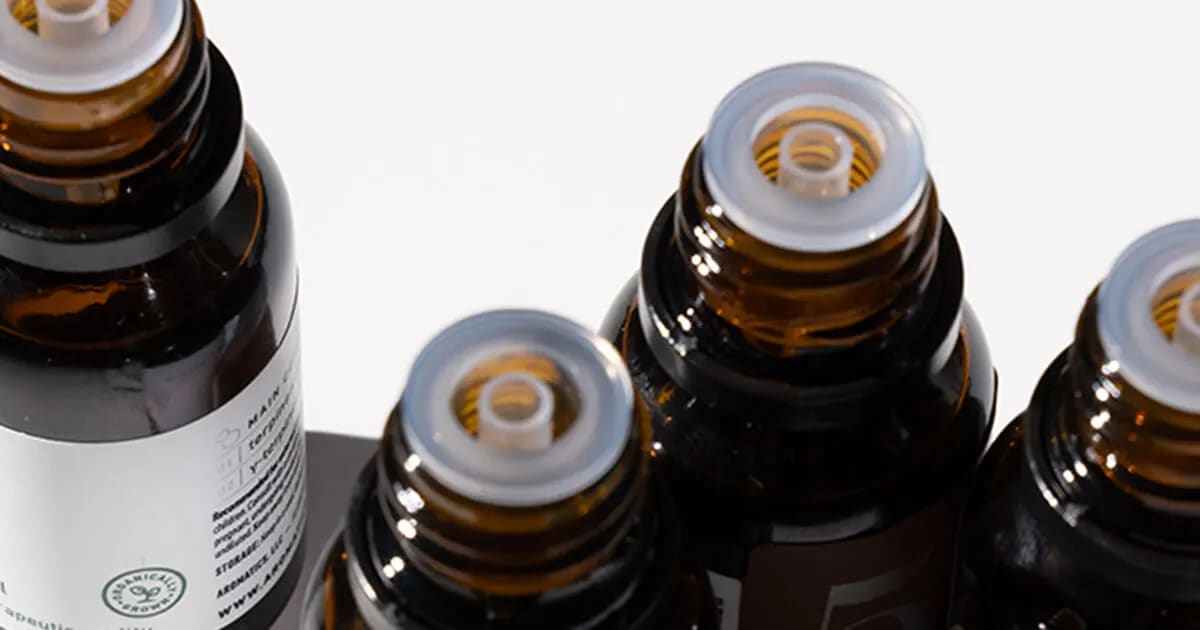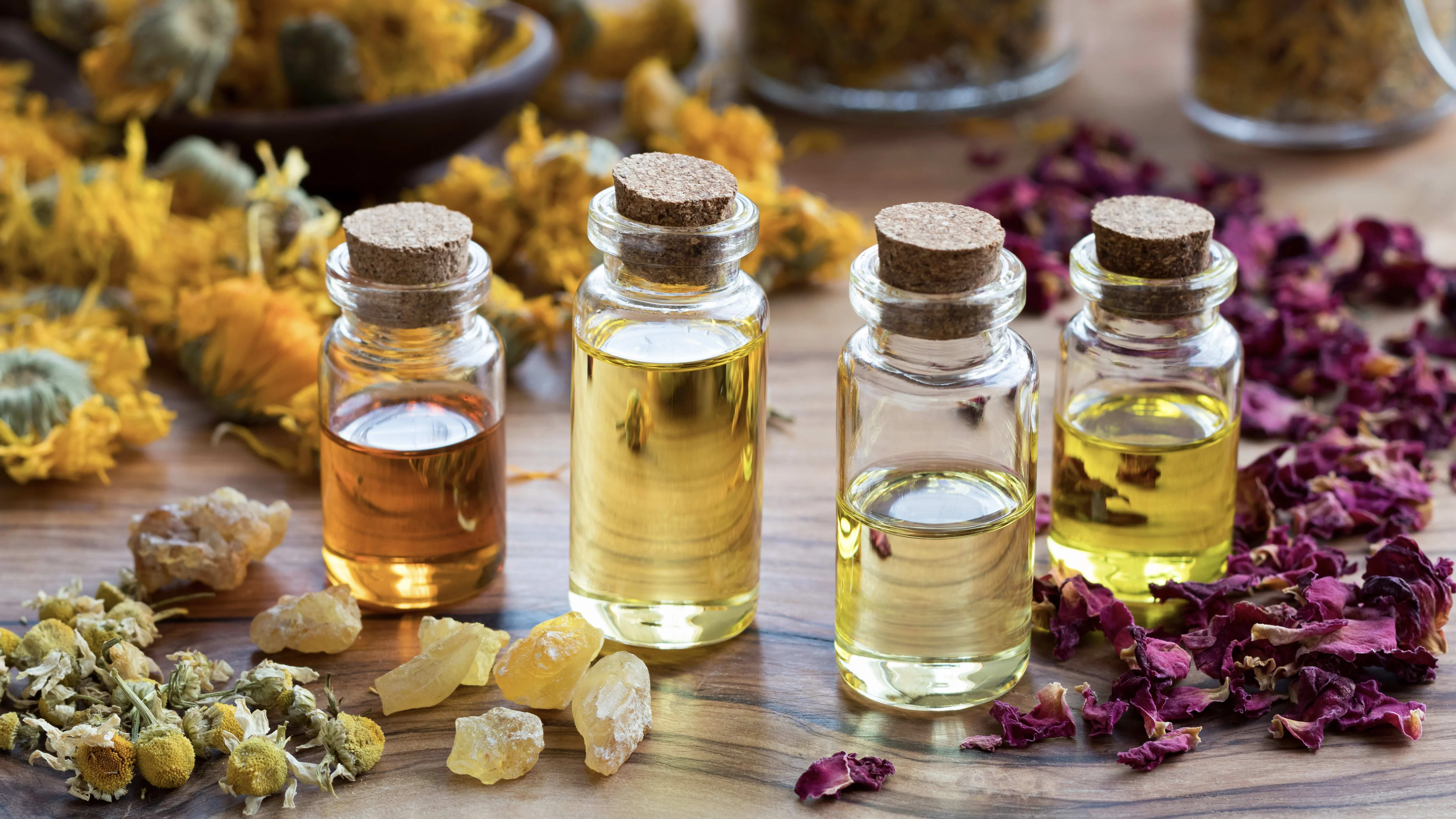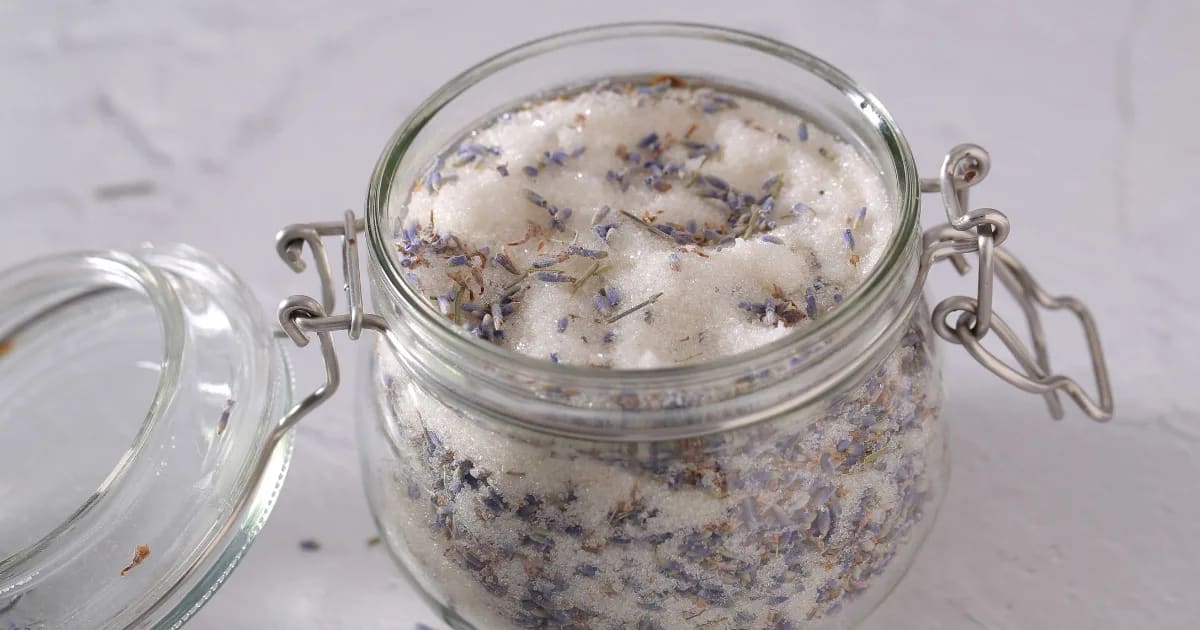Essential Oil Recipe: 4 Heroes Immune Health Inhaler

There are plenty of essential oils that can boost your immune health.
They work because they contain powerful natural molecules that can reduce the presence of microbes while supporting your body’s health.
Some of these molecules (aka “components”) are more effective than others. I’m thinking specifically of four powerhouse components that have been well-researched, so we know they can build strong immune health!
4 Powerhouse immune health components!
α-pinene
Researchers have found α-pinene to reduce the presence of some types of bacteria and viruses. It can also calm inflammation, which is important when your body is fending off sickness. It occurs naturally in Douglas fir oil.d-limonene
In addition to helping clear microbes, d-limonene has been shown to increase the white blood cell count, which supports the body’s immune health. d-Limonene shows up in every citrus oil, including lime.1,8-cineole
This crisp, penetrating component shows up in some of the most famous oils for respiratory health, such as ravintsara. It’s proven to help reduce mucus and calm inflammation.Eugenol
The primary component in clove bud oil, eugenol helps soothe inflamed areas, while playing a strong role in getting rid of microbes. clove bud has also been found to be an immunostimulant, and eugenol likely plays a role in that.
When you’re aware of the chemistry that’s always at work in aromatherapy, you can create science-based blends for specific purposes.
This immune health inhaler is rich in all 4 of these “hero components!
4 Heroes Immune Health Inhaler
Support immune health with powerful natural components.
Ingredients
5 drops Douglas Fir Oil (Pseudotsuga menziesii)
4 drops distilled Lime Oil (Citrus aurantifolia)
4 drops Ravintsara Oil (Cinnamomum camphora ct. 1,8-cineole)
2 drops Clove Bud Oil (Syzygium aromaticum/Eugenia caryophyllata)
Equipment
One blank inhaler with a cotton or polyester wick
Directions
Slide the wick into the inhaler.
Drop the essential oils right onto the wick.
Snap the plastic bottom into place.
An inhaler consists of a plastic sleeve and a cotton wick, which absorbs the essential oils.
Simply slide the cotton into the sleeve, then drop the essential oils onto the cotton. Snap the bottom of the inhaler into place, and you’re done! You can watch the process in this quick video from our YouTube channel.
Carry your immune health inhaler in a pocket, purse, or bag, and use it as needed throughout the day. No one will smell the essential oils but you! Your inhaler will last about two months before it’s time to make a new one.
I love using this recipe actively when I’m trying not to get sick—such as when a co-worker is sniffling or when my immunity might be affected by a few nights of poor sleep.
Stay healthy and enjoy!
Discover safe, natural solutions to prevent and quickly recover from colds & flu in our 3-hour workshop, Protect Your Family from Colds & Flu!
Learn how essential oils can support your family’s health and well-being, helping you stay well and providing much-needed relief when you’re feeling under the weather. You’ll learn which essential oils can help you prevent and recover from respiratory infections and gain a strong understanding of how and why they work.
REFERENCES
Astani A, Reichling J, Schnitzler P (2010) Comparative study on the antiviral activity of selected monoterpenes derived from essential oils. Phytotherapy Research 24(5):673-9. doi: 10.1002/ptr.2955.
Cermelli, C., Fabio, A., Fabio, G. and Quaglio, P. (2008) Effect of eucalyptus essential oil on respiratory bacteria and viruses. Current Microbiology 56, 1, 89-92.
Da Silva AC, Lopes PM, de Azevedo MM, Costa DC, Alviano CS, Alviano DS. (2012) Biological activities of a-pinene and ß-pinene enantiomers. Molecules 2012 17, 6305–16.
Daniel, A.N., Sartoretto, S.M., Schmidt, G., Caparroz-Assef, M., Bersani-Amado, C.A. and Cuman, R.K.N. (2008) Antiinflammatory and antinociceptive activities of eugenol essential oil in experimental animal models. Brazilian Journal of Pharmacognosy 19, 212-217.
Fu, Y.-J., Zu, Y.-G., Chen, L.-Y., Shi, X.-G., Wang, Z., Sun, S. and Efferth, T. (2007) Antimicrobial activity of clove and rosemary essential oils alone and in combination. Phytotherapy Research 21, 989-994.
Guimarães AG, Quintans JSS, Quintans-Júnior LJ. (2013) Monoterpenes with analgesic activity – a systematic review. Phytotherapy Research 27,1-15.
Lang, G. and Buchbauer, G. (2012) A review on recent research results (2008-2010) on essential oils as antimicrobials and antifungals. A review. Flavour and Fragrance Journal 27, 13-39.
Price, S. and Price, L (2007) Aromatherapy for Health Professionals 3rd Edition. Edinburgh: Churchill Livingstone.
Raphael TJ, Kuttan G. (2003) Immunomodulatory activity of naturally occurring monoterpenes carvone, limonene, and perillic acid. Immunopharmacol Immunotoxicol. May;25(2):285-94. doi: 10.1081/iph-120020476. PMID: 12784919.





